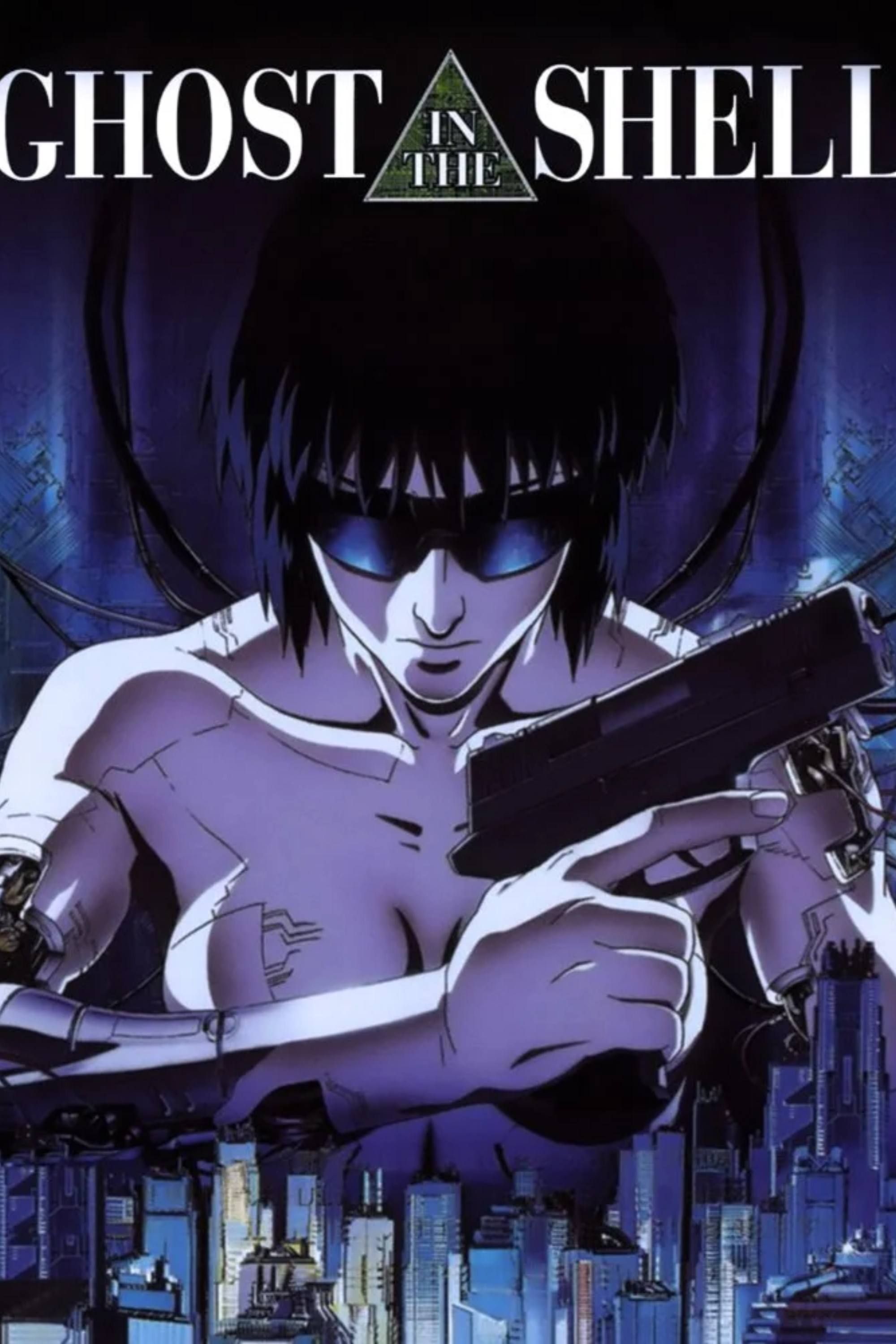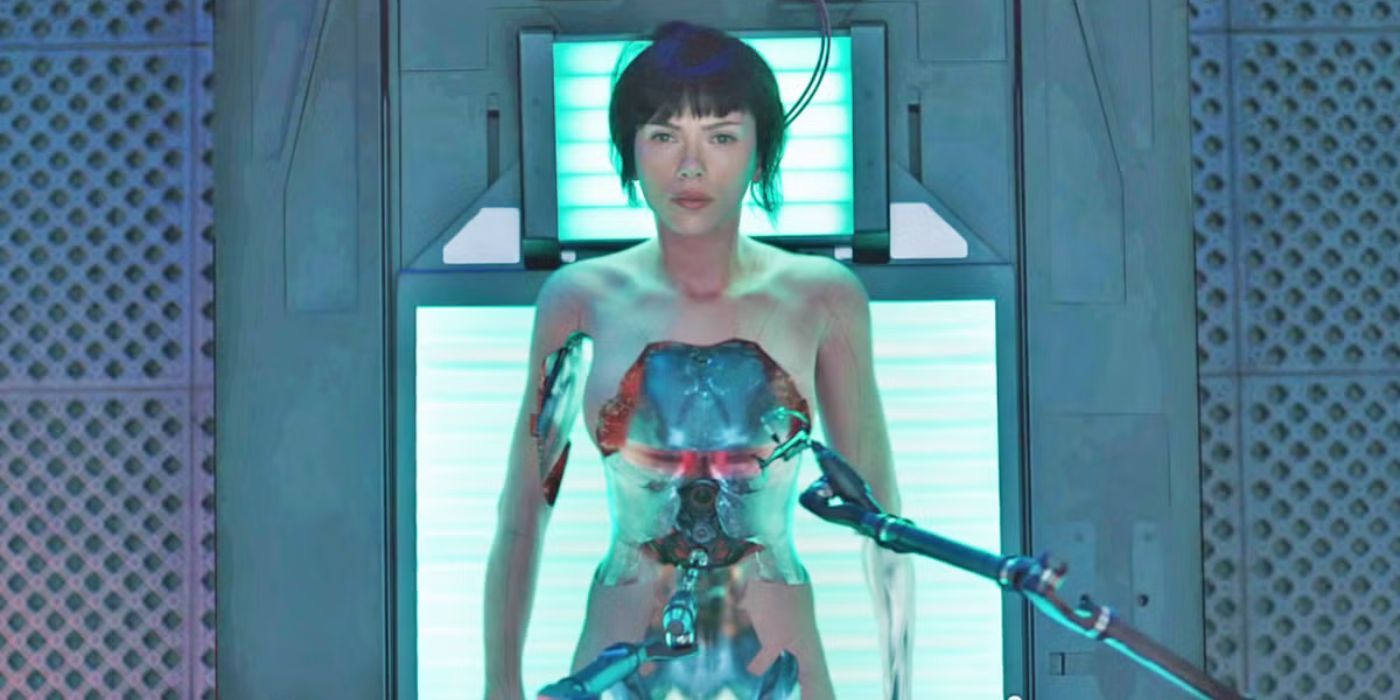The Matrix is one of the best sci-fi movies of the ’90s, but in many ways, it followed in the footsteps of the anime classic Ghost in the Shell, which came out four years earlier. The Matrix characterized a new form of ’90s dystopian sci-fi, which focused on humanity’s increasing reliance on technological systems that the average person knows nothing about. It was far from the only movie to explore this idea.
The digital age has brought about several changes in science-fiction, as filmmakers explore the lines between our own world and the ones that we construct online. The Matrix examines the idea of objective truth in a world defined by its surface-level appearance. It’s no wonder that this concept has taken root in the public consciousness, inspiring many other movies.
While The Matrix has undoubtedly had a huge impact on the sci-fi genre, it owes a great debt to Ghost in the Shell. The Wachowski sisters have praised the 1995 cyberpunk classic, and they used it as a touchstone while formulating and pitching The Matrix. Ghost in the Shell has since been overshadowed by The Matrix in terms of global popularity.
Why Ghost In The Shell Is Superior To The Matrix
Ghost in the Shell inspired many of The Matrix‘s most striking images, including the “digital rain” in the opening credits and the slow-motion segments of the action sequences. It’s one of the most exciting animated action movies ever, firmly shutting down the notion that the medium should be exclusively reserved for children’s entertainment.
Ghost in the Shell packs a lot of action into its relatively lean runtime, including a jaw-dropping final shootout with an insectoid tank and a blistering chase scene through the streets of a futuristic cityscape. It also has enough time to slow things down when it wants to, with several thought-provoking tableaux of everyday city life.
Like The Matrix, Ghost in the Shell‘s intelligent thematic exploration is just as important as any of its fight scenes. Motoku Kusanagi often ponders the nature of her identity, questioning whether her robotic implants have become a part of her in more ways than one. The narrative also deconstructs anonymity and memory in a digital age.
Ghost In The Shell’s Live-Action Remake Is A Poor Imitation Of The Original
The 1995 anime is just one part of the Ghost in the Shell franchise, which also includes other movies and animated TV shows. The 2017 live-action adaptation stands out from the rest, with Scarlett Johansson starring as Mira Killian. It isn’t a one-to-one adaptation by any means, but it does exist in the shadow of the original.
2017’s Ghost in the Shell has some thrilling action sequences, and the visual effects are another big positive, but the plot has often been criticized. It pales in comparison to the original, resorting to more generic sci-fi tropes and failing to bring anything particularly new to the franchise or the genre. Fortunately, the original Ghost in the Shell remains unblemished.

Ghost in the Shell
- Release Date
-
December 8, 1995
- Runtime
-
83 Minutes
- Director
-
Mizuho Nishikubo, Mamoru Oshii
This story originally appeared on Screenrant



